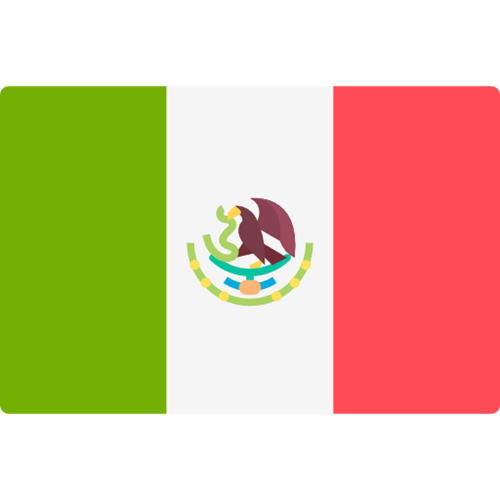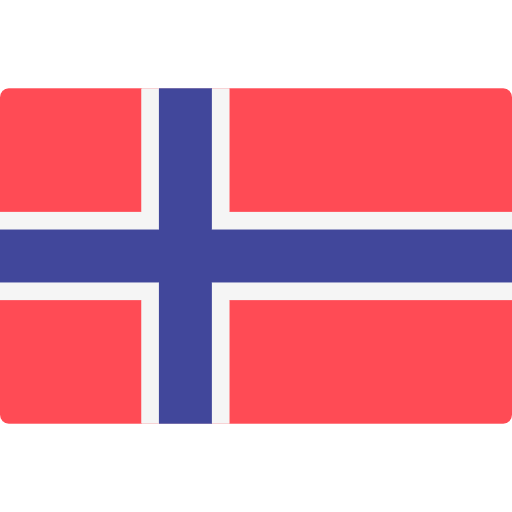No more single-use plastics in the oceans!
Your industry, our focus

No more single-use plastics in the oceans!
Directive (EU) 2019/904 of the European Parliament and of the Council of 5 June 2019 on the reduction of the impact of certain plastic products on the environment.
On 12th June 2019, the European Commission published the new Directive (EU) 2019/904 about single use plastics.
The aim of this measure is to reduce litter in the oceans and the environment in general, and to improve the circular economy. This new measurement will impact:
- Single-use plastics items, including products made from oxo-degradable material and fishing gear containing plastic;
- The collection of plastic packaging;
- Extended producer responsibility schemes;
- Design requirements for beverage containers.
European Member States have until July 3, 2021, to enact the laws, regulations, and administrative provisions necessary to comply with most of the provisions of the Directive, although longer deadlines apply to certain provisions.
The main points published in this Directive are as follows:
Consumption reduction
By 2026, the member states shall achieve a reduction in the consumption of single-use plastic products in comparison to 2022.
|
Items |
Exceptions |
|
Cups for beverages (including their covers and lids). |
|
|
Food containers with or without a cover, used to contain food. |
Beverage containers, plates, and packets and wrappers containing food. |
Restrictions on placing on the market (from 3 July 2021)
Member States shall prohibit putting single-use plastic products and products made from oxo-degradable plastic on the market.
|
Items |
Exceptions |
|
Cotton bud sticks |
If they fall within the scope of Council Directive 90/385/EEC (1) or Council Directive 93/42/EEC (2). |
|
Straws |
|
|
Cutlery (forks, knives, spoons, chopsticks), plates, and beverage stirrers. |
|
|
Sticks to be attached to and support balloons. |
For industrial or other professional uses. |
|
Food containers made of expanded polystyrene. |
Beverage containers, plates, and packets and wrappers containing food. |
|
Beverage containers made of expanded polystyrene, including their caps and lids. |
|
|
Cups for beverages made of expanded polystyrene, including their covers and lids. |
Product requirements (from 3 July 2024)
Single-use plastic products that have caps and lids made of plastic may only be put on the market if the caps and lids remain attached to the containers during the products’ intended use.
|
Items |
Exceptions |
|
Beverage containers with a capacity of up to three litres and their composite beverage packaging, including caps and lids. |
Glass or metal beverage containers that have caps and lids made from plastic. |
|
Beverage containers intended and used for food for special medical purposes (according to Regulation (EU) No 609/2013). |
|
|
Beverage bottles
|
|
Marking requirements (from 3 July 2021)
Single-use plastic products on the market shall bear a marking on the packaging or on the product itself, informing consumers of the following:
- (a) Appropriate waste management options;
- (b) The presence of plastic in the product and the resulting negative environmental impact of littering and of the waste disposal of the product.
|
Items |
|
Extended producer responsibility (by 31 December 2024)
Producer responsibility schemes are established for all single-use plastic products that are put on the market.
The producers of the single-use plastic products shall cover the costs pursuant to the extended producer responsibility provisions in Directives 2008/98/EC and 94/62/EC and, insofar as not already included, cover the further costs.
|
I. Single-use plastic products on extended producer responsibility |
||
|
Items |
Except |
Further Costs |
|
Food containers with or without a cover, used to contain food which is:
This includes food containers used for fast food or other meals ready for immediate consumption. |
Beverage containers, plates, and packets and wrappers containing food. |
|
|
Packets and wrappers made from flexible material containing food that is intended for immediate consumption from the packet or wrapper without any further preparation. |
||
|
Beverage containers with a capacity of up to three litres, including composite beverage packaging such as caps and lids; Lightweight plastic carrier bags (according to Directive 94/62/EC). |
Glass or metal beverage containers that have caps and lids made from plastic. |
|
|
Cups for beverages, including their covers and lids. |
||
|
Lightweight plastic carrier bags (according to Directive 94/62/EC). |
||
|
II. Single-use plastic products on extended producer responsibility |
||
|
Items |
Except |
Further Costs |
|
Wet wipes |
|
|
|
Balloons |
For industrial or other professional uses and applications that are not distributed to consumers. |
|
|
III. Other single-use plastic products on extended producer responsibility |
||
|
Items |
Except |
Further Costs |
|
Tobacco products with filters and filters marketed for use with tobacco products. |
For these types of products, the extended producer responsibility is effective as of 5 January 2023. |
|
Awareness raising measures
Incentivising responsible consumer behaviour in order to reduce litter by taking measures to inform consumers about the following:
- (a) The availability of reusable alternatives, as well as best practices in sound waste management;
- (b) The environmental impact of littering and other forms of inappropriate waste disposal;
- (c) The impact of inappropriate means of waste disposal on the sewer network.
|
Items |
Exceptions |
|
Food containers with or without a cover, used to contain food which is:
This includes food containers used for fast food or other meals ready for immediate consumption. |
Beverage containers, plates, and packets and wrappers containing food. |
|
Packets and wrappers made from flexible material containing food that is intended for immediate consumption from the packet or wrapper without any further preparation. |
|
|
Beverage containers with a capacity of up to three litres, including composite beverage packaging such as caps and lids. |
Glass or metal beverage containers that have caps and lids made from plastic. |
|
Cups for beverages, including their covers and lids. |
|
|
Tobacco products with filters and filters marketed for use in combination with tobacco products. |
|
|
Wet wipes (personal care and domestic wipes) |
|
|
Balloons |
For industrial or other professional uses and applications that are not distributed to consumers. |
|
Lightweight plastic carrier bags (according to Directive 94/62/EC). |
|
|
Sanitary towels (pads), tampons and tampon applicators. |
Summary situation
European Commission
By 3 July 2020, the Commission issued guidelines about including what is to be considered a single-use plastic product, alongside other information to help with understanding and applying this Directive, as indicated in Article 12 of this Directive.
But due to the current situation around COVID-19, consultations, including those with member states, have been less efficient than usual, and so more time has been needed for Member States to consult within their countries. Member states are currently in discussion and no decisions have been taken yet.
The European Commission is working to publish the guidelines of Directive 2019/904 between the end of 2020 and the beginning of 2021.
European standardisation organisations
The European standardisation organisations are working to develop harmonised standards relating to the requirement for plastic caps and lids of single-use beverage containers with a capacity of up to three litres to remain attached to the container during the product’s intended use.
These standards shall in particular address the need to ensure the necessary strength, reliability and safety of beverage container closures, including those for carbonated drinks.
Manufacturers/distributors/ responsible of this type of products
Manufacturers and retailers related to food plastic packaging and plastic articles in contact with food should be informed about and updated on this legislation. They should consider reducing single-use plastic items in their catalogue, and look for alternatives among reusable items and consider more sustainable packaging, such as those from recycled material etc., as possible solutions.
Unfortunately, it isn’t as simple as it may appear. Some alternative materials, such as paper, board, wood, etc., are not harmonised, which can complicate compliance with the EU Food Contact Material Framework Regulation (EC) No 1935/2004 and the National requirements.
Services
Understanding varied applicable regulatory demands can be challenging. Eurofins’ highly qualified experts will guide you through the complexity of EU and national legislations and other requirements for your specific product.
Our technical managers are linked to Standardisation Committees and Industry Associations, ensuring that you stay on top of the most up-to-date regulatory and market trends.
Our labs offer compliance evaluation and testing of your raw materials and final articles according to the national and current European standards and legislation. We are, of course, ISO-17025 accredited and are highly focused on delivering top-quality services and products.
Our regulatory experts will support you in putting your products on the market, so you can keep your focus on your priority: satisfying customers and growing your business.


























































